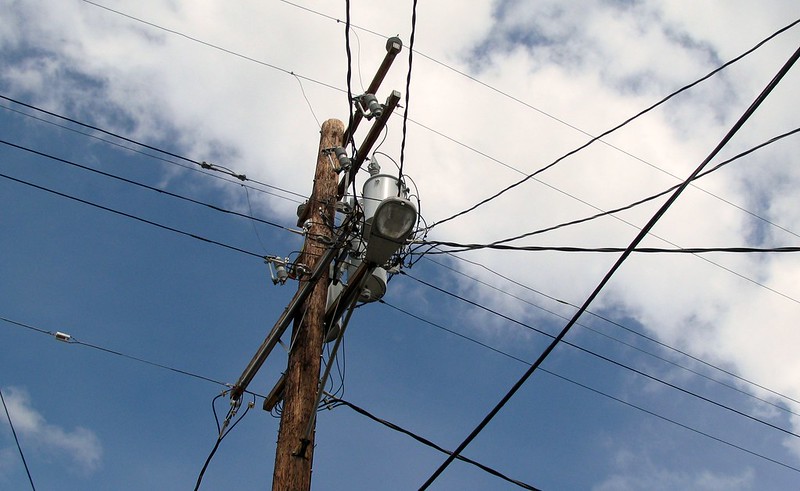How Socioeconomic Status Impacts Restoration Times

Image courtesy of Daniel R. Blume under Attribution-ShareAlike 2.0 Generic License, resized to 700 x 391 pixels.
Researchers at the Georgia Institute of Technology have discovered that socioeconomic status has a substantial impact on restoration times. Specially, disadvantaged households typically wait significantly longer for power to be restored after a major storm. This begs the question – what exactly is driving this trend?
The Role of Socioeconomic Status in Power Restoration
The research team looked at data from 8 major hurricanes between 2017 and 2020 that caused outages for over 15 million customers across 9 states in total. Unfortunately, they found that customers in lower socioeconomic tiers had to wait nearly 3 additional hours to have their power restored.
This is especially problematic when you consider that people in lower economic tiers typically have fewer resources to weather the storm so to speak. The question is, why?
To derive an answer, the researchers analyzed thousands of data points to model weather impact across communities, and overlaid this information onto social vulnerability index data from the CDC (which incorporates such variables as housing costs, health insurance, education level, etc.).
The lead researcher believes that the main reason for the discrepancy is that poorer neighborhoods are often farther away from critical infrastructure compared to more affluent neighborhoods. There may also be a component of deferred maintenance as it relates to infrastructure in these areas.
While the team admits that more research is needed, these initial results indicate a need for policymakers to take a hard look at post-storm recovery and resource allocation policies. Specifically, a one-size-fits-all restoration approach may not be the way to go, as a greater focus on the needs of specific communities could help close the gap.
This research should serve as food for thought as it relates to utility emergency preparedness. Simply put, socioeconomic status should be factored into restoration procedures. How this should be done is still open for debate, but the message is clear – when it comes to restoration, socioeconomic status matters.



